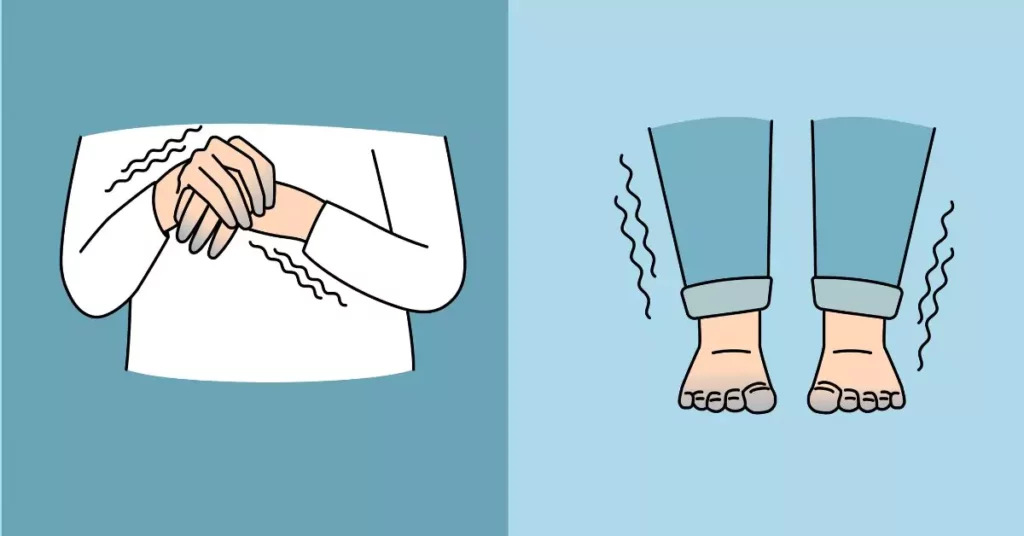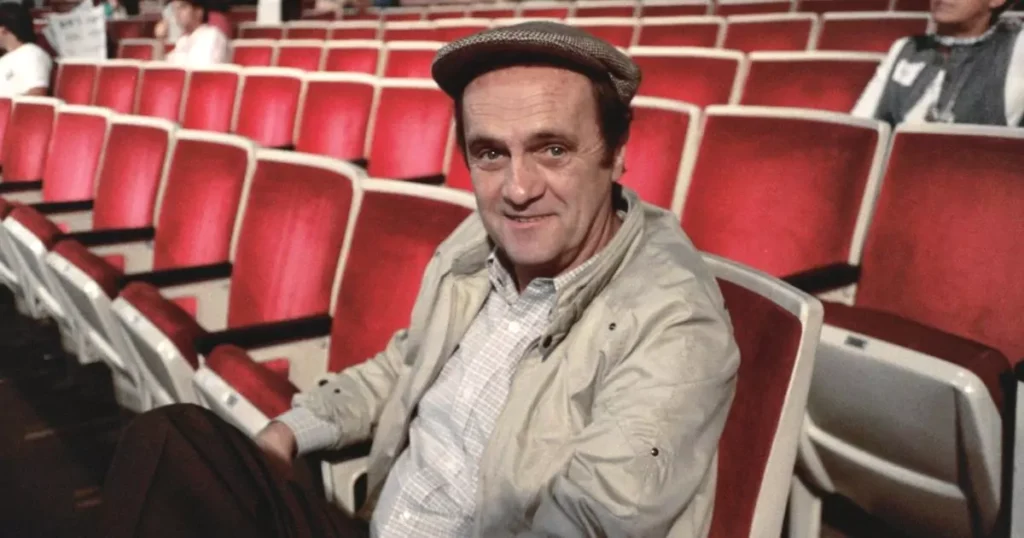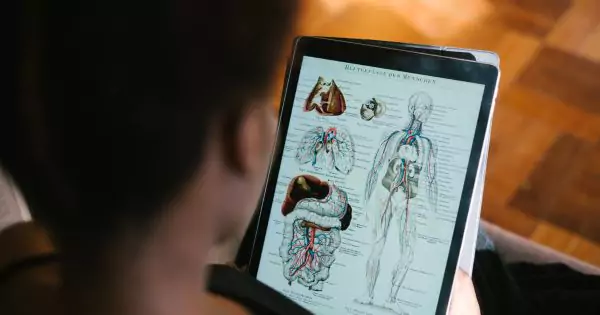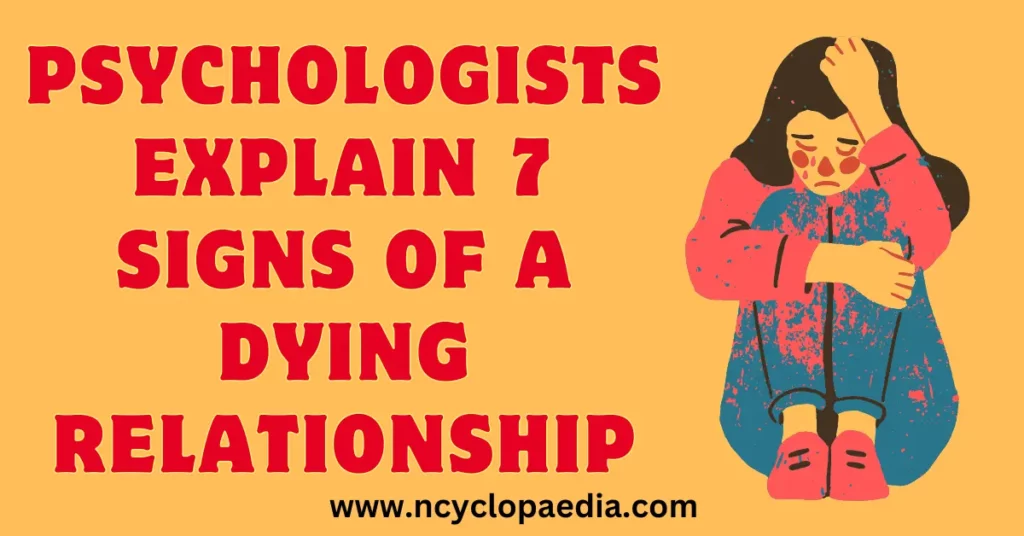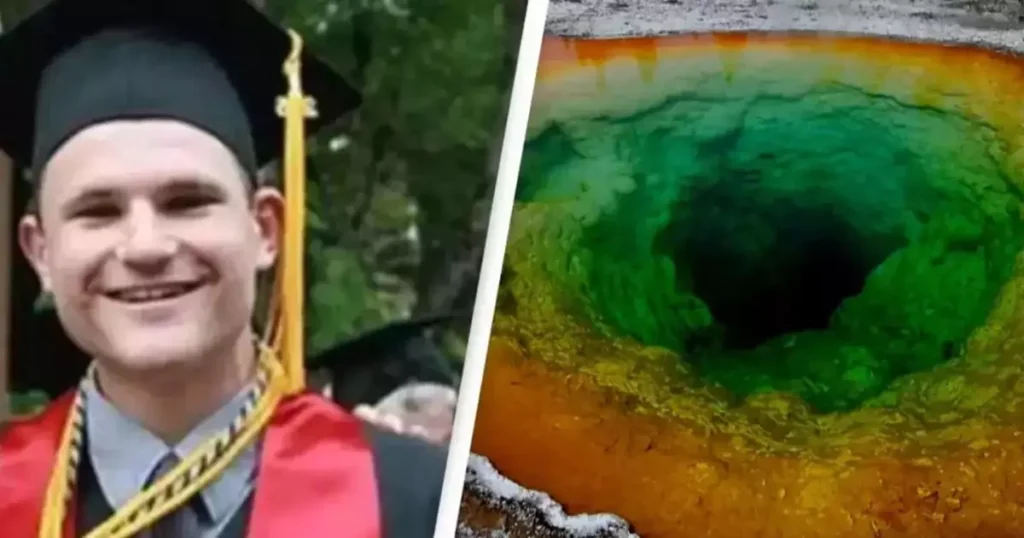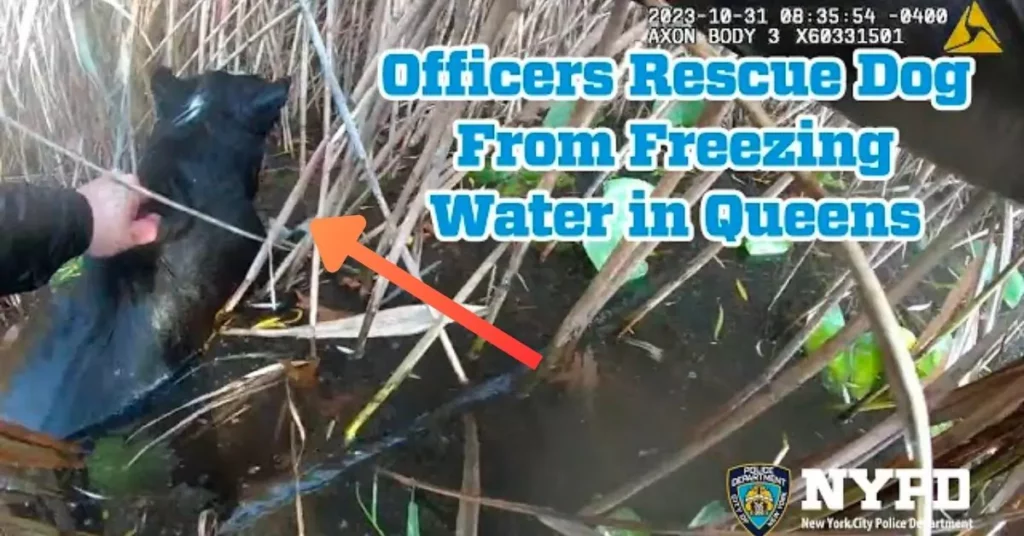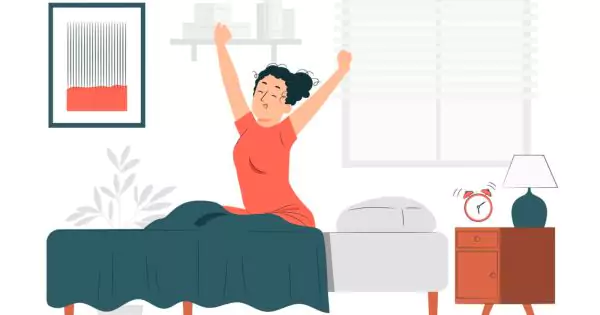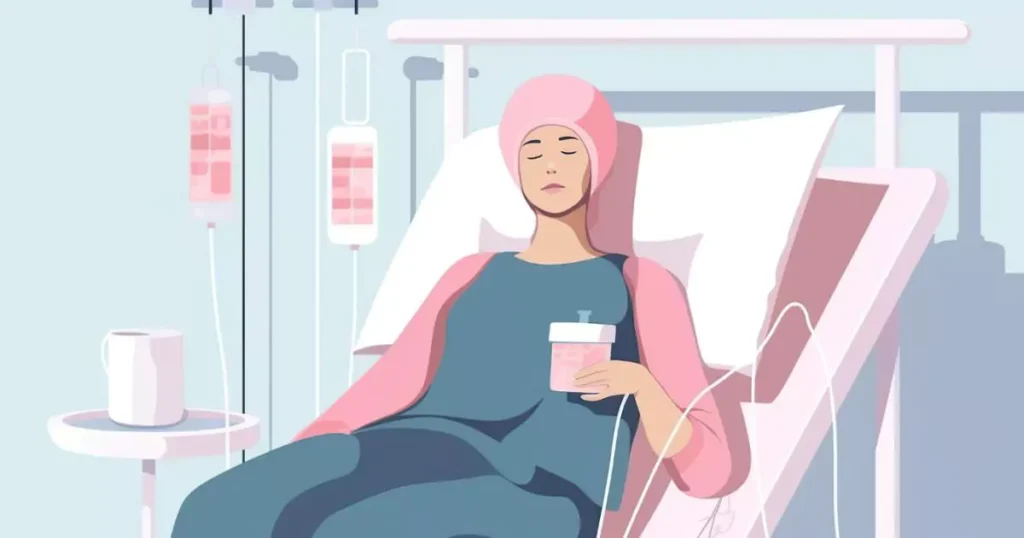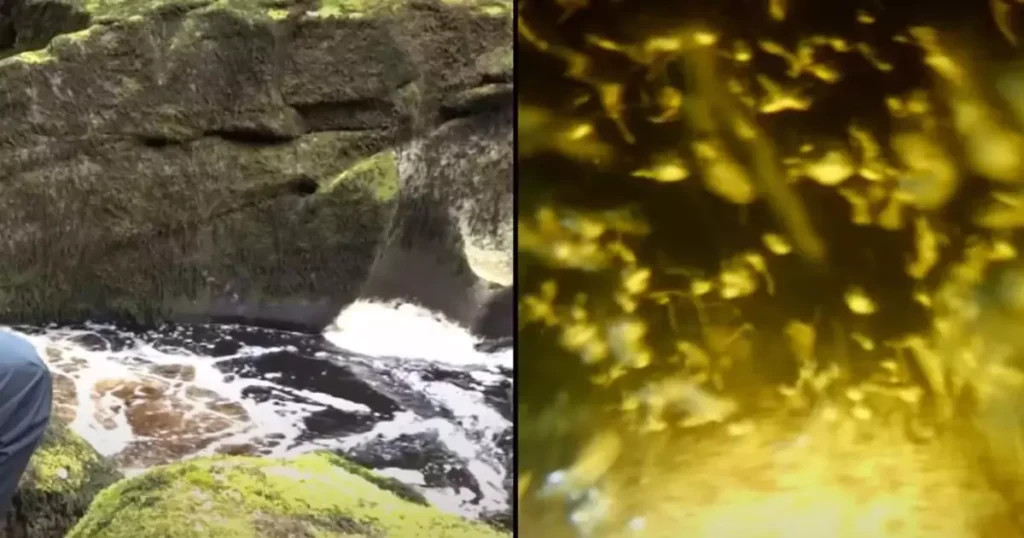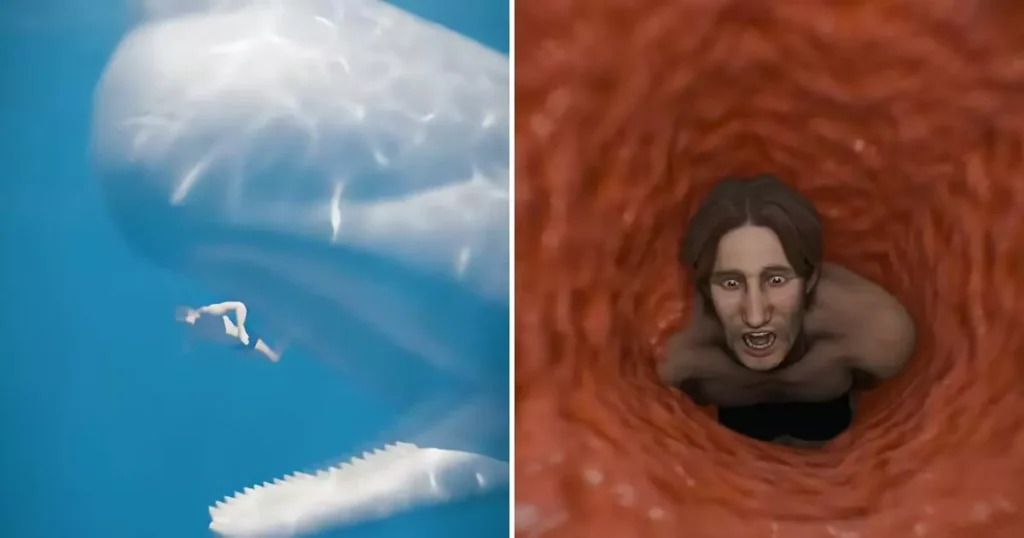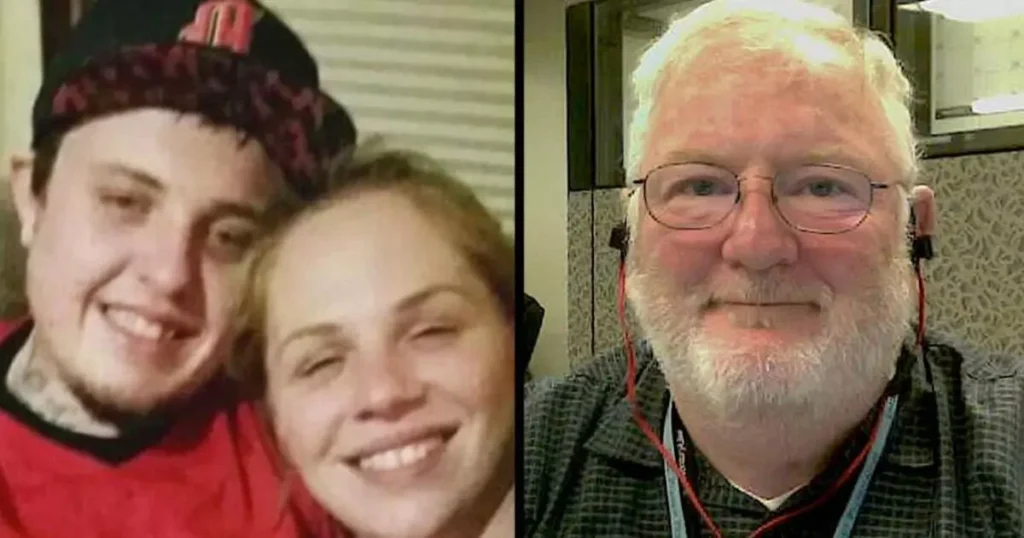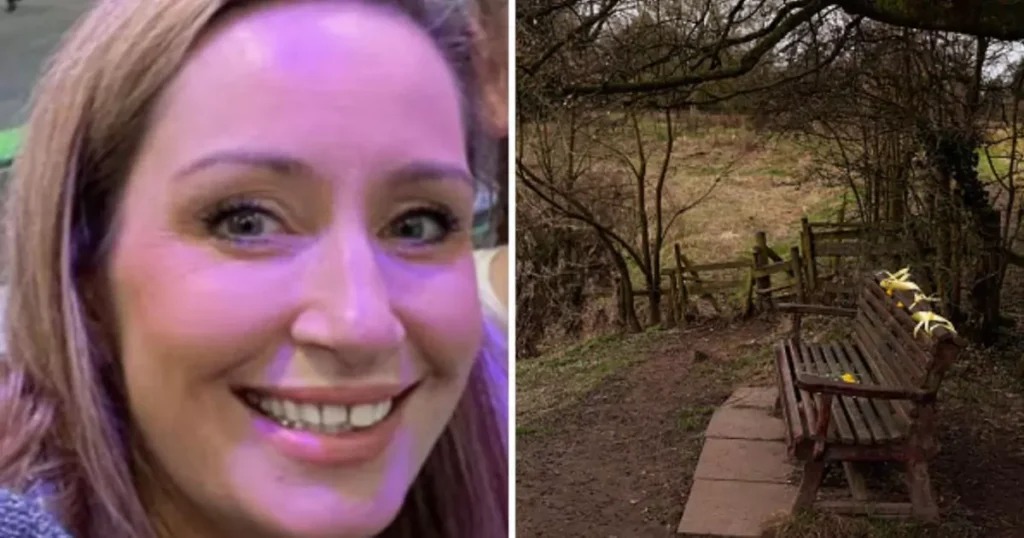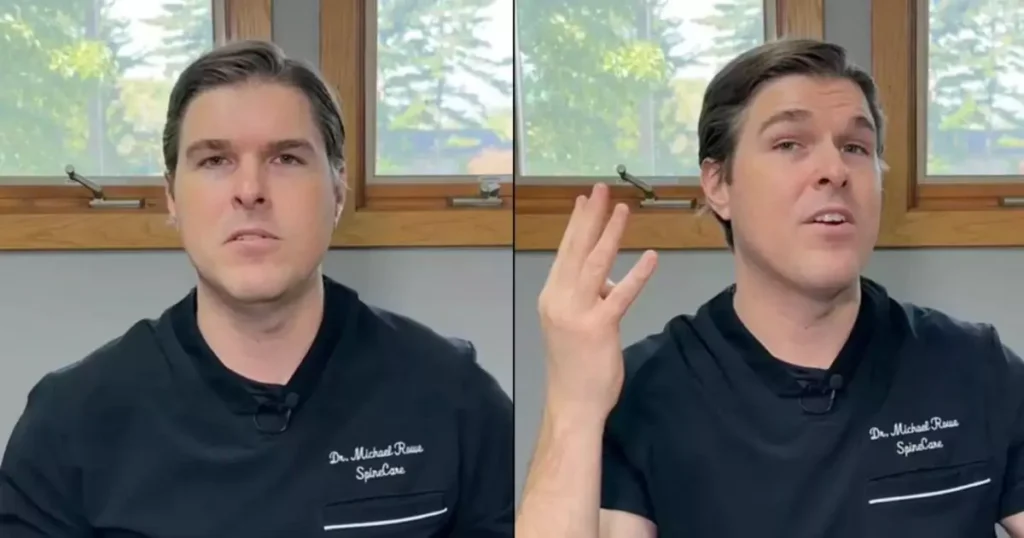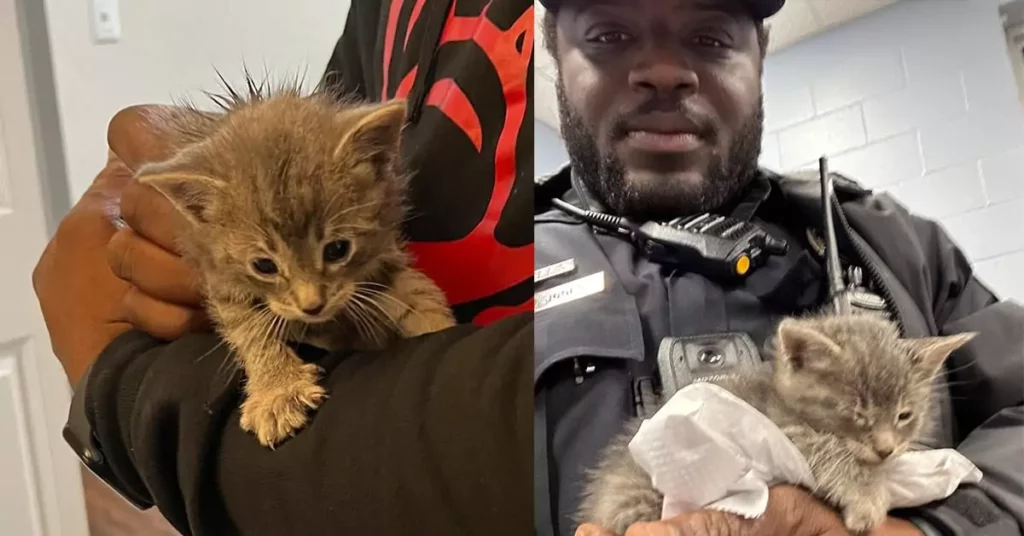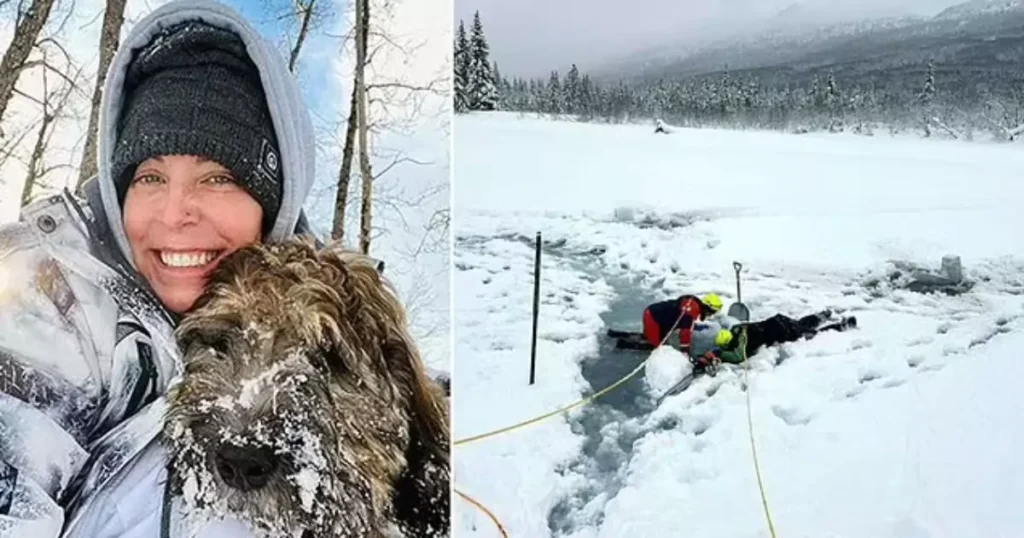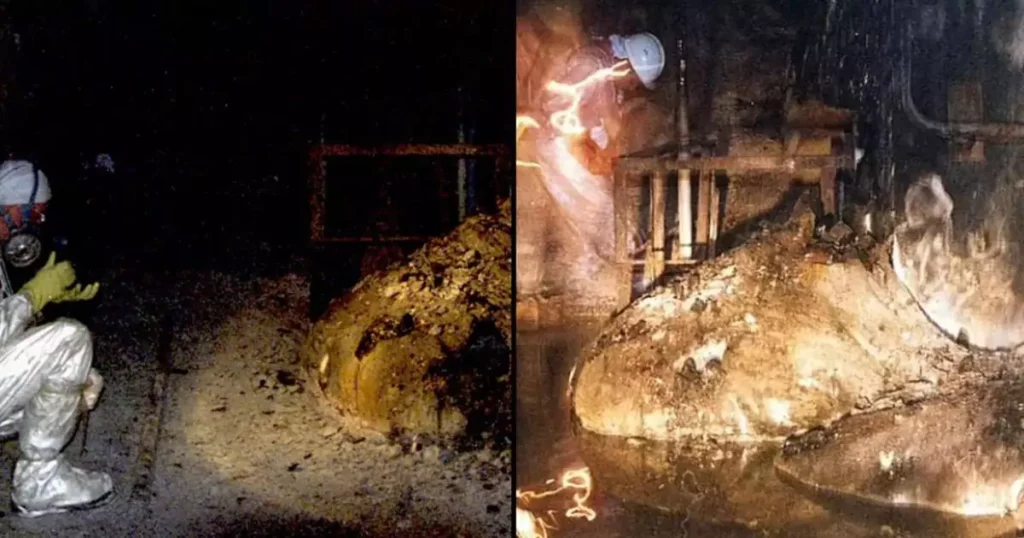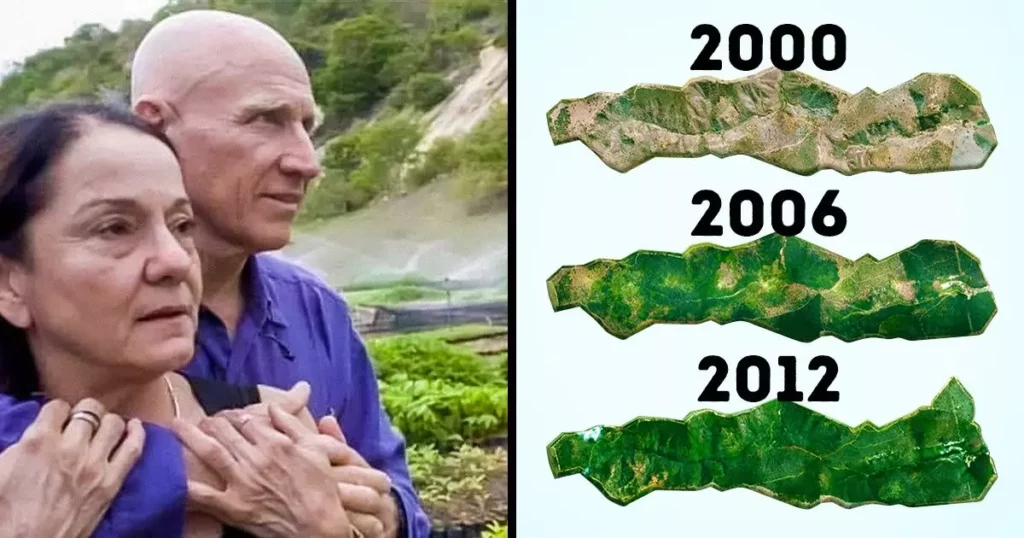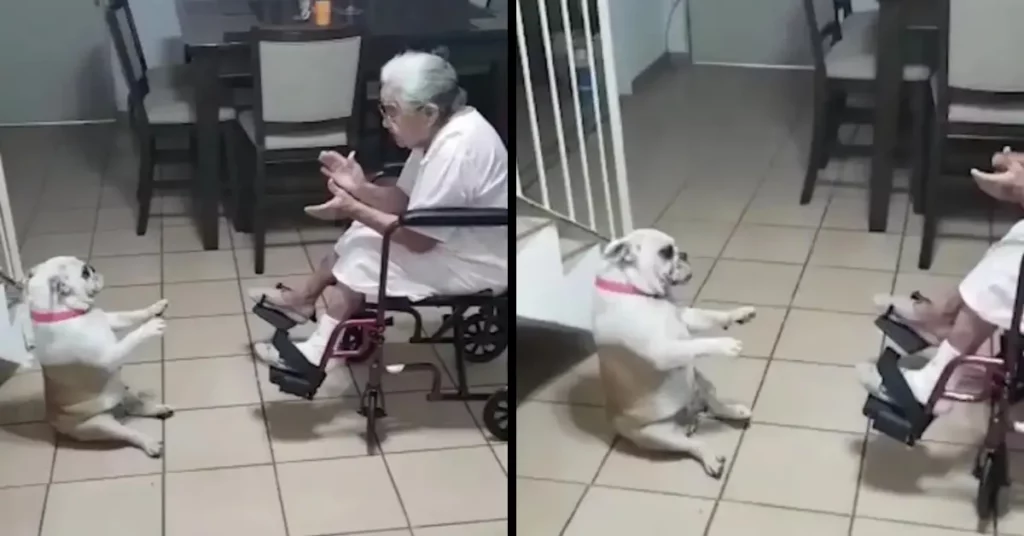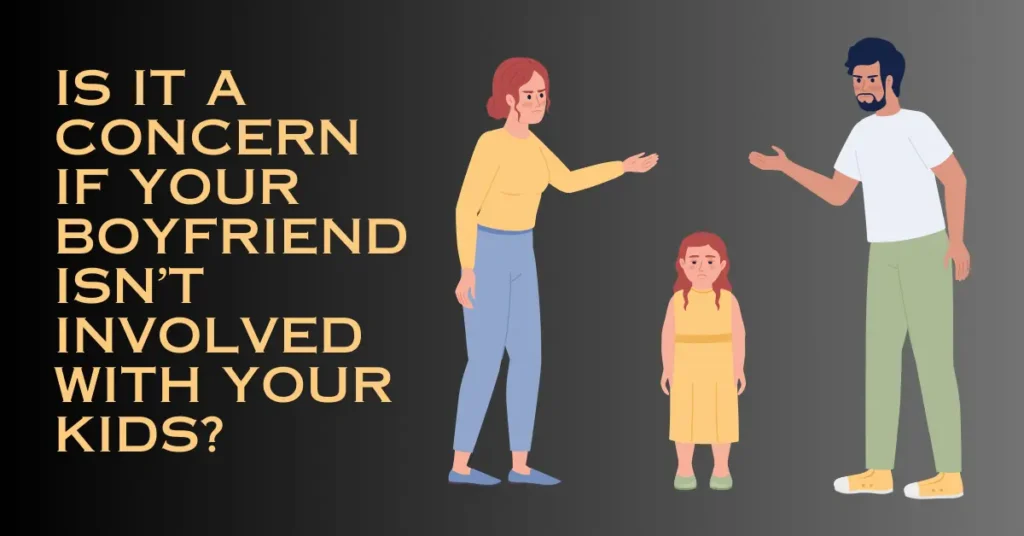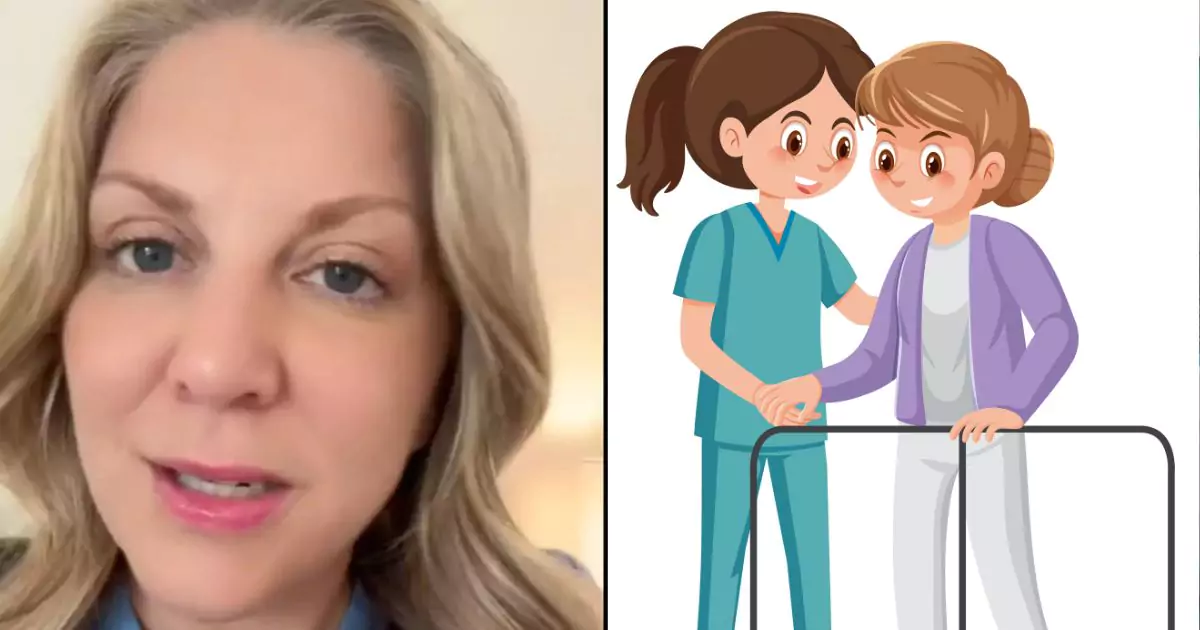
Losing a loved one can feel overwhelming, especially when we don’t understand the dying process. Julie McFadden, a hospice nurse from Los Angeles, uses social media to educate people about the four stages of death. Her goal is to help families prepare and reduce the fear of this natural process. With her experience in palliative care, McFadden emphasizes that “education decreases fear.” She believes that knowing what to expect can ease the experience.
In her videos, McFadden explains the stages of dying, which can span up to six months. Her mission is to show families what death really looks like, helping them cope during this emotional time.
Stage One: Slowing Down
The first stage, known as the “slowing down” phase, often begins six months before death. During this time, the body starts to show subtle signs that may go unnoticed.
“You’ll feel tired and lethargic,” McFadden explains. People in this stage tend to become less social, preferring rest over activity. They may also eat and drink less as their appetite decreases.
This phase signals that the body is preparing for the final stages of life. While the changes may seem small at first, they indicate that the body is starting its natural decline.
Stage Two: Decline in Strength
Around three months before death, the signs become more noticeable. The person will experience a marked decline in strength and energy.
“You’ll find it harder to leave the house,” McFadden shares. During this stage, the person eats and drinks very little, sleeping much more than they’re awake. The body is gradually shutting down, and assistance with daily tasks becomes necessary. Though distressing to witness, this is a natural part of dying.
Stage Three: The Transitioning Phase
About a month before death, the person enters the “transitioning” phase. This stage often involves visions or hallucinations. Many report seeing deceased loved ones, friends, or pets.
“This is when people see dead relatives or pets,” McFadden notes. These visions usually bring comfort rather than fear. The person might seem to converse with a deceased family member, offering a glimpse into their internal experience.
Family members might find this surreal, but McFadden reassures them that these visions are common and provide peace to the dying person.
Stage Four: Actively Dying
The final stage, known as the “actively dying” phase, is often the hardest to witness. The person becomes fully unconscious and may remain that way for days. They can no longer eat or drink, and the body is in its last stage of shutting down.
“The actively dying phase scares many people,” McFadden says. One of the most unsettling aspects is the “death rattle,” a gurgling sound caused by saliva in the throat. McFadden reassures families that this sound is not painful for the individual. It simply happens as the body loses the ability to swallow.
In addition to this, the person may experience changes in skin color and body temperature, known as “metabolic changes.” These are normal signs that death is near.
@hospicenursejulie Education decreases fear. My book: Nothing to Fear out NOW! 🥰❤️ #hospicenursejulie #caregiversoftiktok #hospice #nursesoftiktok #nothingtofearbook ♬ original sound – 💕 Hospice nurse Julie 💕
The Importance of Education
McFadden stresses that knowing what to expect during the dying process can help ease the fear many families feel. “Movies and television don’t show what death really looks like,” she says. Many people are unprepared when they witness death for the first time because it’s often different from how it’s portrayed in media.
By educating people about the stages of dying, McFadden hopes to reduce the anxiety that can accompany this experience. When families know what to expect, they can provide the necessary support, making the final moments more peaceful for everyone involved.
A Compassionate Approach to Death
McFadden’s explanation of the four stages of dying offers a valuable roadmap for families. From the early signs of slowing down to the final phase of active dying, understanding these stages can help families prepare for the inevitable.
Death is a natural part of life, and McFadden’s approach provides comfort and reassurance. By offering clear information, she helps families navigate the emotional challenges of watching a loved one pass.



